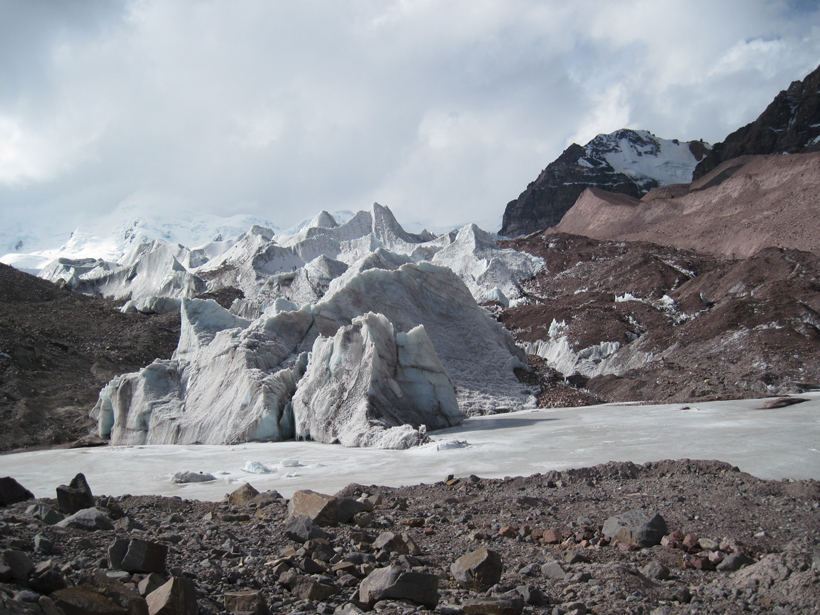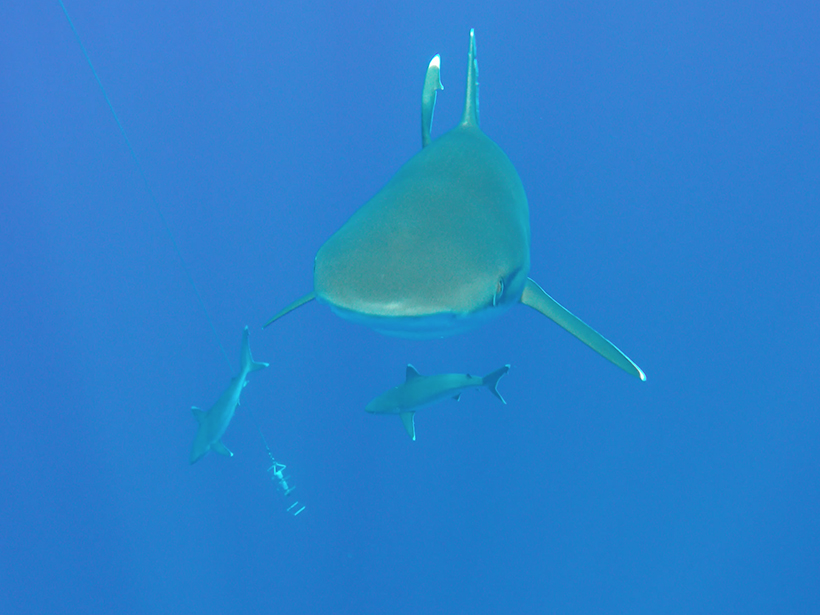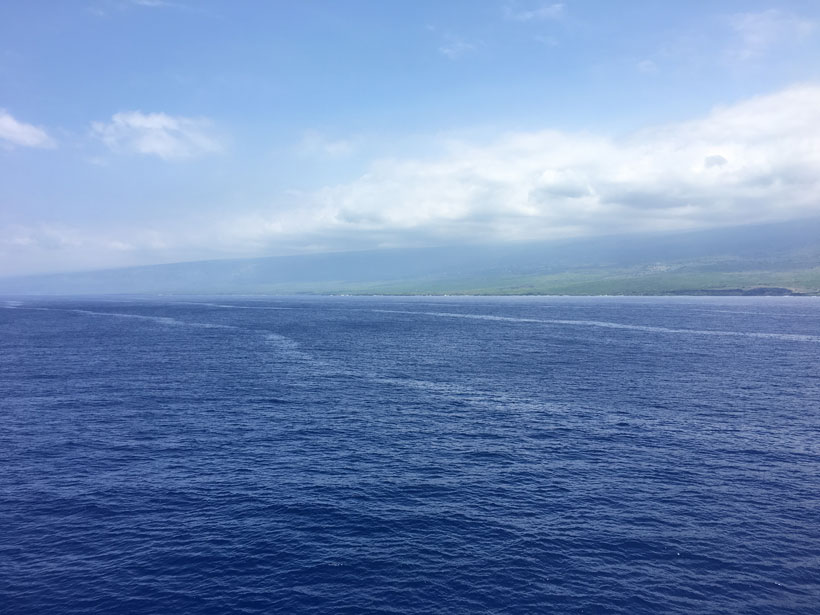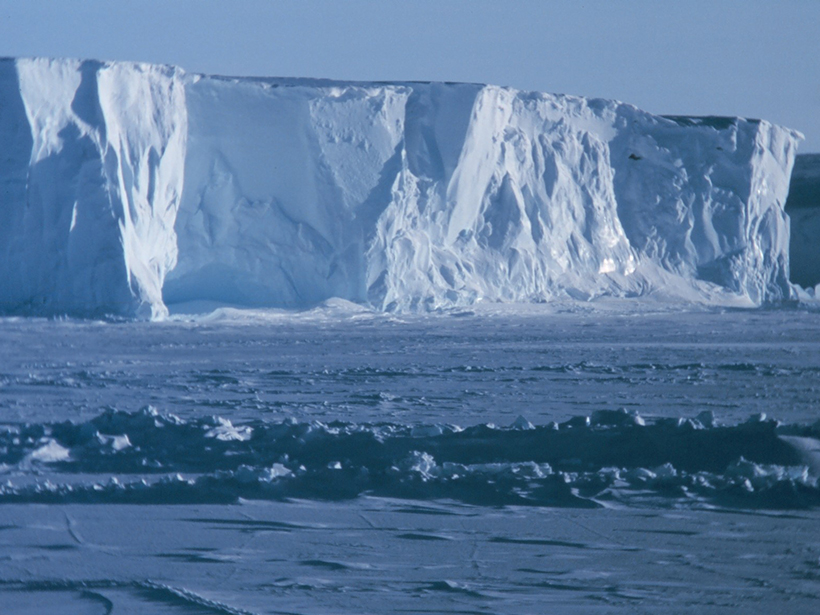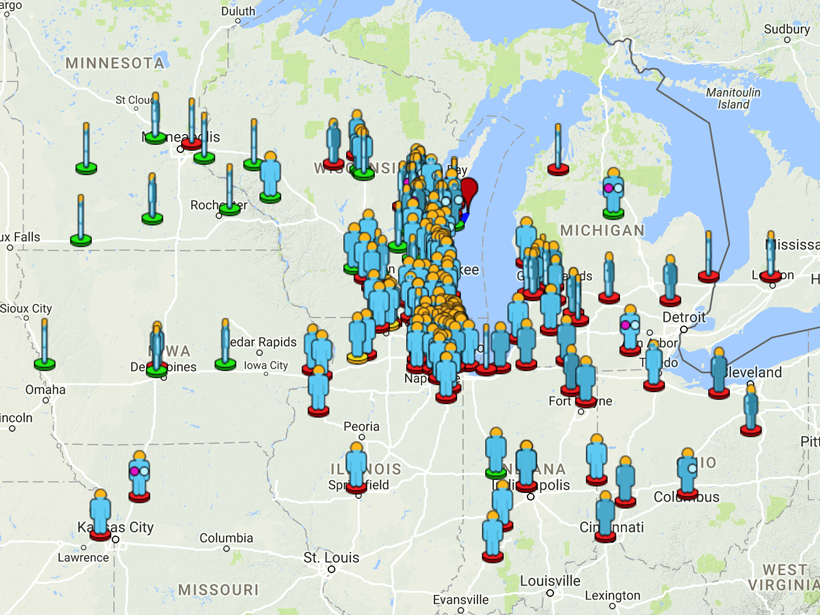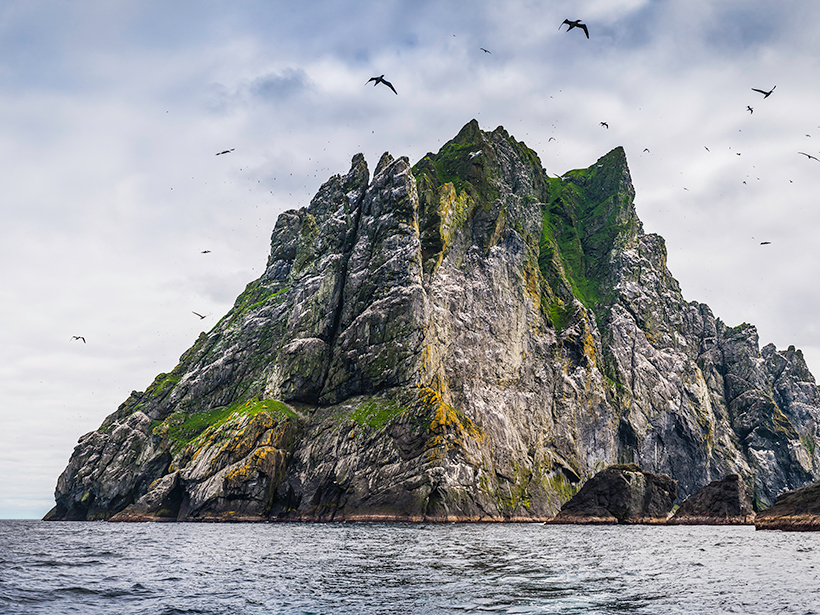Grasses, small flowers, and mosses colonize glacial till in the Peruvian Andes when researchers apply a phosphorus fertilizer, an ecological surprise with implications for carbon sequestration.
Katherine Kornei
Katherine Kornei is a freelance science journalist covering Earth and space science. Her bylines frequently appear in Eos, Science, and The New York Times. Katherine holds a Ph.D. in astronomy from the University of California, Los Angeles.
Scientists Discover an Environment on the Cusp of Habitability
A volcanically heated Costa Rican lake hosts only one type of organism, suggesting that its Mars-like environment is just barely capable of supporting life.
Satellite Data Archives Reveal Unrecorded Himalayan Floods
Almost 30 years’ worth of Landsat observations created a comprehensive inventory of catastrophic floods caused by glacial lakes bursting through their rock dams.
Nutrient-Rich Water Around Seamounts Lures Top Predators
At an Indian Ocean marine refuge, tides drive cold water laden with nutrients onto the tops of underwater mountains, where it sustains a long food chain that culminates in sharks, tuna, and seabirds.
Calm Waters off Hawaii Harbor a “Nursery” of Sea Life
Ocean slicks—naturally occurring bands of smooth water—are home to an astounding diversity of fish larvae and other marine life, researchers show.
Fresh Insights into What Protects Antarctica’s Ross Ice Shelf
Scientists bored 755 meters through Antarctic ice and found that a layer of extremely cold, fresh water insulates part of the Ross Ice Shelf against melting.
Gulf Stream Slowed as Hurricanes Struck
Hurricanes Jose and Maria temporarily decelerated this powerful ocean current’s flow last year, according to data from an ocean glider that rode the stream between Florida and Massachusetts.
Students Get Help from Weather Radar to Find Space Rock Remains
Teens helped by scientists and educators seek meteorites that plunged into Lake Michigan early this year. Weather radar guided the search for the projectiles.
After Obliteration, How Long Until Life Returned?
By studying the Chicxulub crater associated with the extinction of more than 75% of species then on Earth, researchers have begun to fill in a timeline for life’s rebound after the cataclysm.
Offshore Islands Might Not Shield Coastlines from Tsunami Waves
Rather than offering protection, islands sometimes cause increased wave run-up on shorelines, experiments in a wave laboratory suggest.

